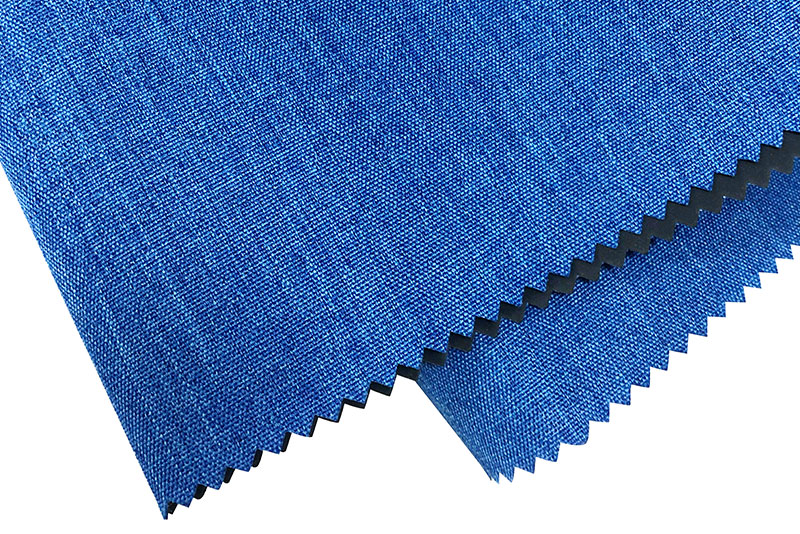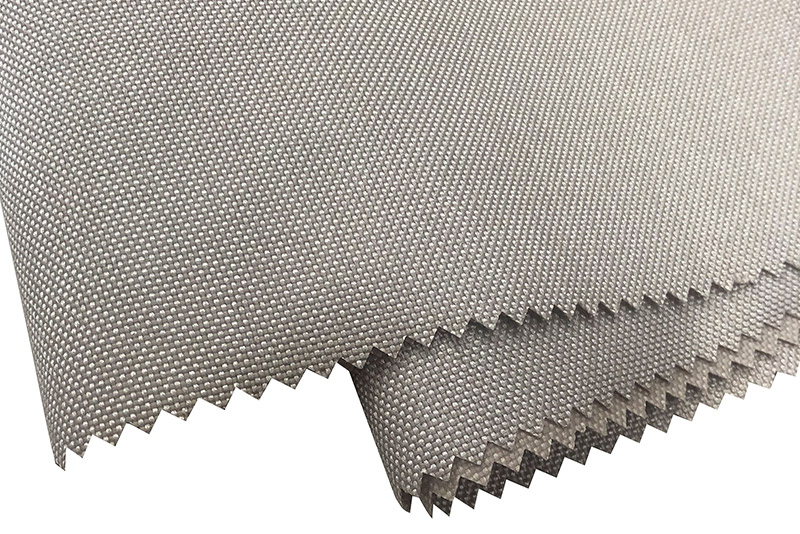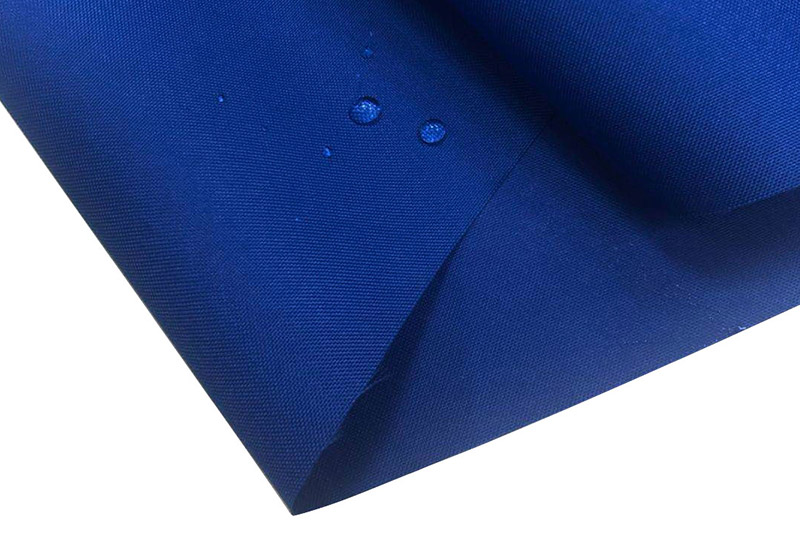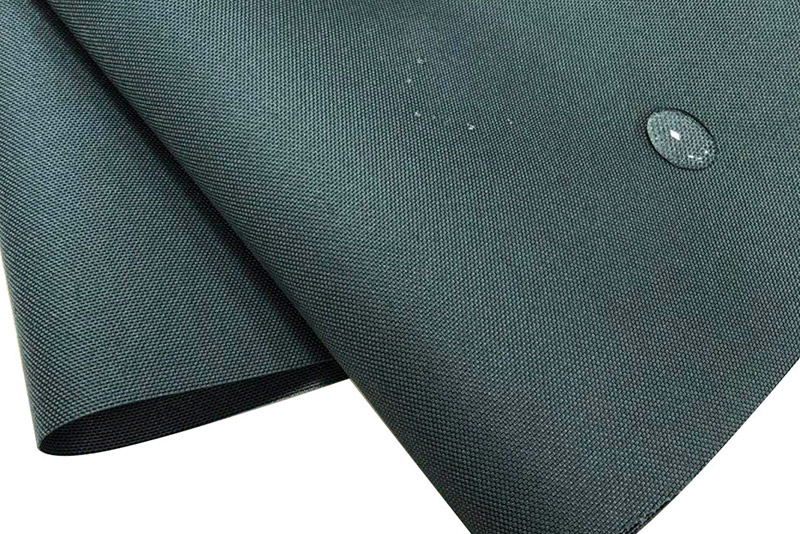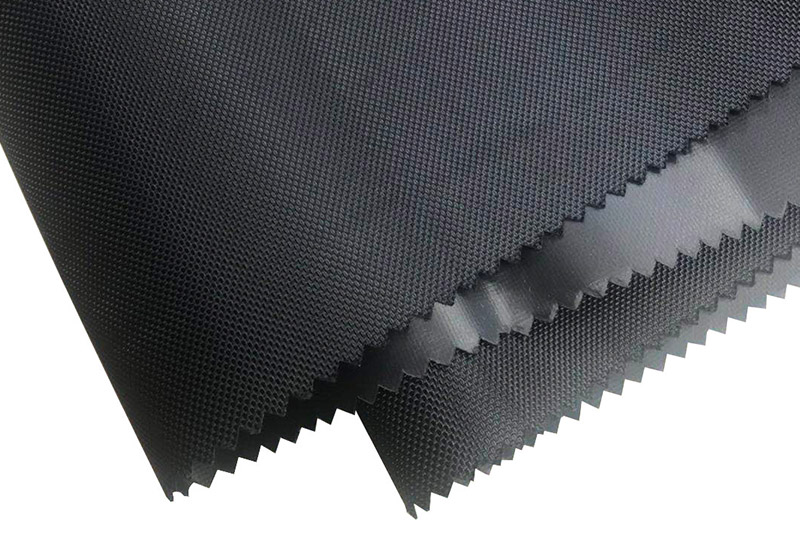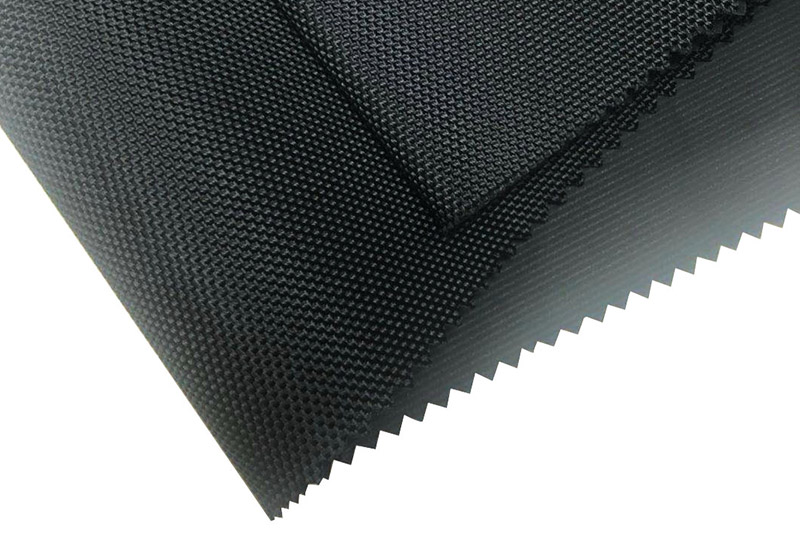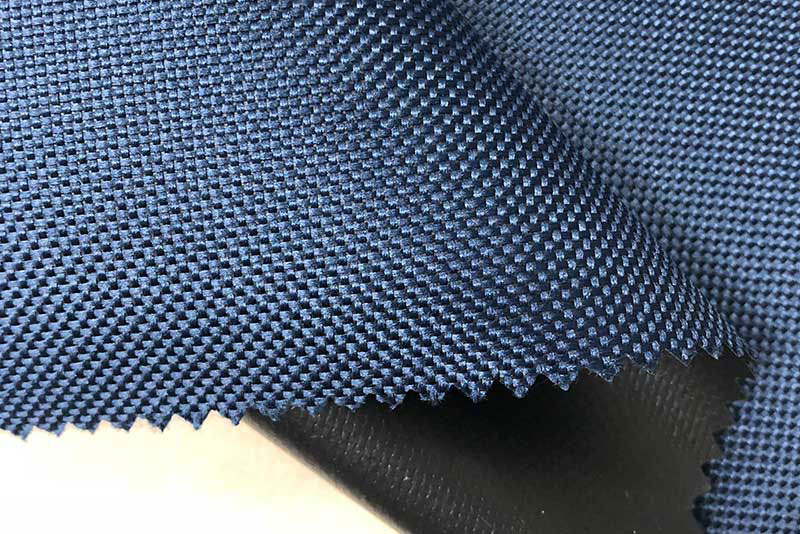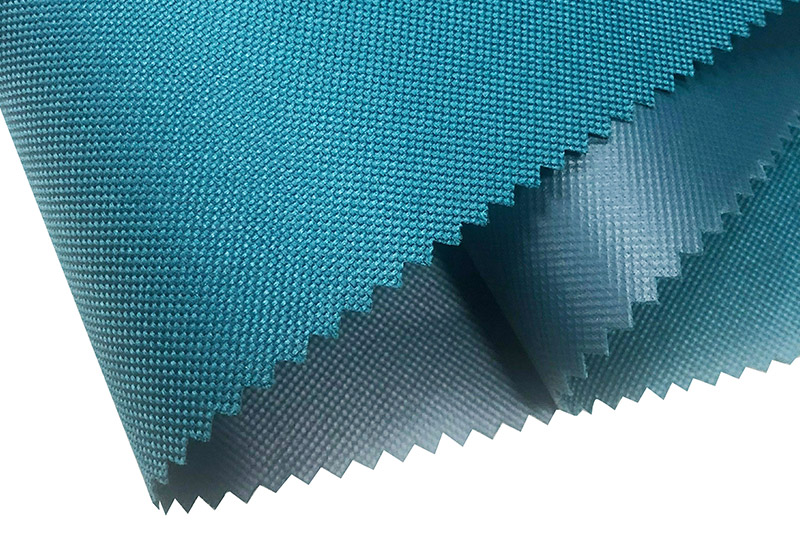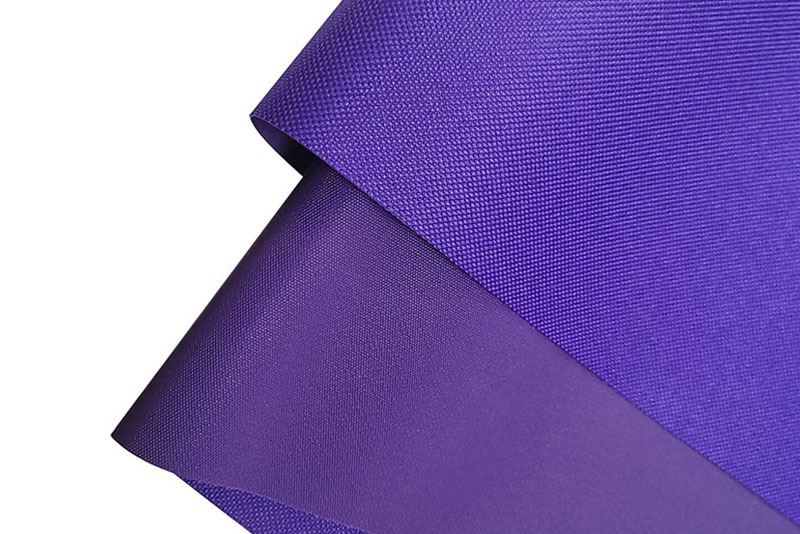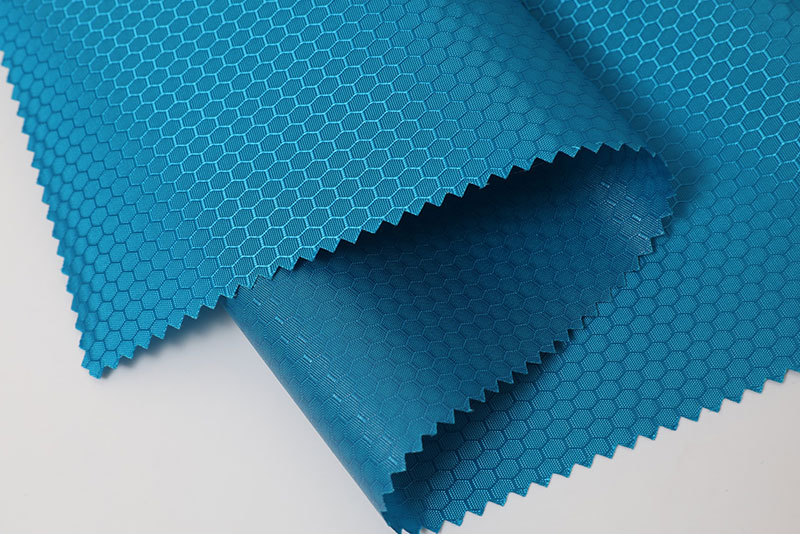Jacquard Oxford fabric is a distinctive textile known for its intricate woven patterns, durability, and elegant texture. Combining the traditional Oxford weave with the Jacquard weaving technique, this fabric offers a unique blend of aesthetic appeal and functional performance. It has become increasingly popular in apparel, home textiles, and fashion accessories because it balances strength, comfort, and visual sophistication.
Understanding the durability and comfort of Jacquard Oxford fabric is crucial for designers, manufacturers, and consumers who are looking for textiles that provide long-lasting performance without compromising on comfort. This article explores the structural features of Jacquard Oxford fabric, the factors that contribute to its durability and comfort, common applications, and maintenance practices.
1. Understanding Jacquard Oxford Fabric
Jacquard Oxford fabric is created by combining two textile techniques:
- Oxford Weave: A type of basket weave where multiple warp threads cross multiple weft threads, producing a textured, strong, and flexible fabric. Oxford weave is often used in shirt fabrics, known for its resilience and structured drape.
- Jacquard Weaving: A weaving method that enables the creation of complex patterns directly into the fabric rather than through printing or embroidery. The Jacquard mechanism allows each warp thread to be controlled individually, producing intricate designs such as florals, geometric motifs, and abstract patterns.
By combining these two techniques, Jacquard Oxford fabric exhibits patterned surfaces with added thickness and texture, resulting in a fabric that is visually appealing, structurally sound, and versatile.
2. Factors Contributing to Durability
Durability is one of the key advantages of Jacquard Oxford fabric. Several structural and material factors contribute to its long-lasting performance:
a. Oxford Weave Structure
- The basket-like weave of Oxford fabric distributes stress across multiple threads, reducing wear and tear in high-friction areas.
- This weave provides resistance to tearing and stretching, making it ideal for daily wear garments and upholstery.
- The multi-thread configuration also enhances dimensional stability, preventing fabric deformation over time.
b. Jacquard Pattern Reinforcement
- The Jacquard weaving process creates interlaced patterns that strengthen the fabric.
- Areas with denser patterns have higher thread density, increasing resistance to abrasion and extending fabric life.
- The pattern integration prevents excessive thinning in certain sections, which often occurs in plain weaves.
c. Material Composition
- Jacquard Oxford fabric is typically made from cotton, polyester, or cotton-polyester blends.
- Cotton fibers contribute to softness and breathability while providing good tensile strength.
- Polyester enhances resistance to abrasion, wrinkle retention, and moisture management, improving the fabric’s overall durability.
- Blended fibers combine the best properties of natural and synthetic yarns, achieving strength, longevity, and ease of care.
d. Thread Count and Density
- Higher thread count increases durability by providing a denser surface resistant to snags and pilling.
- Jacquard Oxford fabrics often feature medium to high thread densities, balancing strength with flexibility.
e. Resistance to Environmental Factors
- Cotton-polyester Jacquard Oxford fabrics are resistant to shrinkage and fading when properly maintained.
- The blend enhances dimensional stability, even under repeated washing, making the fabric suitable for garments that require frequent cleaning.

3. Factors Contributing to Comfort
While durability is essential, comfort is equally important for textiles used in clothing and home textiles. Jacquard Oxford fabric offers notable comfort attributes:
a. Soft Hand Feel
- The Oxford weave creates a soft, textured surface that feels pleasant against the skin.
- Using fine cotton fibers in the construction further enhances the smoothness of the fabric.
- Despite its durability, the fabric maintains gentle contact, making it ideal for shirts, dresses, and bedding.
b. Breathability
- Cotton and cotton-blend Jacquard Oxford fabrics allow for air circulation, regulating temperature and moisture.
- The slightly open weave structure of Oxford fabrics provides natural ventilation, enhancing comfort in warm or humid conditions.
c. Flexibility and Drape
- Jacquard Oxford fabric offers moderate flexibility, allowing garments to move comfortably with the wearer.
- Unlike stiff woven fabrics, it drapes well, creating pleasant silhouettes without restricting motion.
- The Jacquard patterns, while adding texture, do not compromise the fabric’s softness or pliability.
d. Moisture Absorption
- Fabrics containing cotton fibers absorb sweat, improving wearer comfort.
- Polyester blends reduce excessive moisture retention, allowing the fabric to dry faster and maintain a comfortable feel.
e. Hypoallergenic Properties
- High-quality cotton Jacquard Oxford fabrics are naturally hypoallergenic, suitable for people with sensitive skin.
- The smooth, woven surface reduces friction and irritation, making it suitable for shirts, pillowcases, and bedding.
4. Common Applications of Jacquard Oxford Fabric
The combination of durability and comfort makes Jacquard Oxford fabric versatile across various industries:
a. Fashion Apparel
- Shirts and Blouses: Jacquard Oxford shirts are durable yet soft, making them suitable for office wear, casual outings, and formal events.
- Dresses and Skirts: The fabric’s structured drape and texture enhance garment design while maintaining wearer comfort.
- Outerwear: Light jackets and coats use Jacquard Oxford for its resistance to wear and elegant appearance.
b. Home Textiles
- Bedding: Pillowcases, sheets, and duvet covers made from Jacquard Oxford fabric offer a soft, breathable surface with aesthetic appeal.
- Curtains and Drapes: The fabric’s intricate patterns add visual interest while providing durability for long-term use.
- Cushions and Upholstery: Jacquard Oxford is ideal for high-traffic areas due to its abrasion resistance and structured texture.
c. Accessories
- Bags and Pouches: The fabric’s strength and durability make it suitable for lightweight bags, while the Jacquard patterns enhance style.
- Scarves and Decorative Items: Softness combined with pattern variety makes it a preferred material for fashionable, functional accessories.
5. Maintenance and Longevity
Proper care ensures that Jacquard Oxford fabric maintains its durability and comfort over time:
- Washing: Cotton and blended Jacquard Oxford fabrics are usually machine washable on gentle cycles. Avoid harsh detergents that can degrade fibers.
- Ironing: Ironing on low to medium heat preserves the fabric’s texture and prevents damage to Jacquard patterns.
- Storage: Folding or hanging garments carefully prevents creases and deformation of patterns.
- Avoiding Abrasion: While durable, heavy friction can cause pilling or wear over time, so care is needed during use and cleaning.
6. Advantages of Jacquard Oxford Fabric
Jacquard Oxford fabric offers a unique combination of benefits:
- Durability: Resistant to tearing, abrasion, and frequent washing.
- Comfort: Soft, breathable, and flexible, suitable for daily wear and bedding.
- Aesthetic Appeal: Jacquard weaving produces intricate patterns that enhance fabric beauty.
- Versatility: Suitable for apparel, home textiles, and accessories.
- Easy Maintenance: Cotton-polyester blends provide low-maintenance, long-lasting performance.
7. Conclusion
Jacquard Oxford fabric stands out as a premium choice for textiles that require both durability and comfort. Its Oxford weave structure provides strength, dimensional stability, and resistance to wear, while the Jacquard weaving technique adds visual elegance and tactile interest. The combination of natural and synthetic fibers enhances softness, breathability, and ease of maintenance, making it suitable for clothing, home textiles, and accessories.
By carefully balancing weave structure, material selection, and thread density, Jacquard Oxford fabric successfully meets the dual demands of longevity and comfort, providing consumers with textiles that are both functional and stylish. Its versatility, reliability, and aesthetic appeal ensure that Jacquard Oxford fabric remains a preferred material in the fashion and home textile industries, capable of satisfying the needs of modern consumers who value both quality and comfort.



 English
English 简体中文
简体中文 русский
русский Español
Español